To cross the Rocky Mountains, the Lewis and Clark Expedition needed horses and the skills to manage them. Despite their seemingly constant struggle to find missing and stolen horses, as a kind of cavalry unit, they managed approximately 1,500 miles of horse travel.
Wild Horses
by Joseph A. Mussulman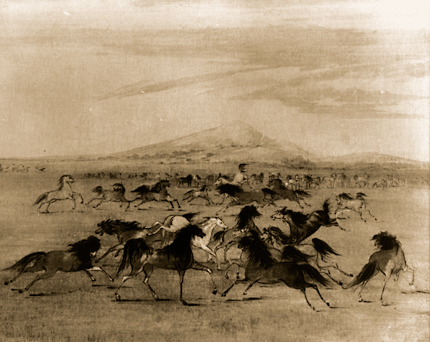

On 14 August 1805, Meriwether Lewis commented on the Shoshones’ herds: “Most of them are fine horses…. I saw several with Spanish brands on them, and some mules which they informed me that they had also obtained from the Spaniards.”
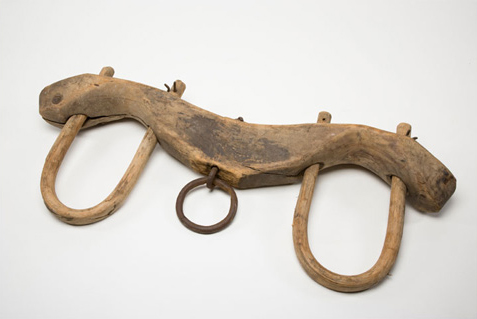

In 1806, Noah Webster defined the noun yoke as “a bandage on the neck, chain, bond, bondage, mark of servitude, couple, pair.” The word yoke can also denote a type of wooden device to harness animals that have been bred and trained to pull heavy loads.
Indian Horses in the PNW
by Barbara Fifer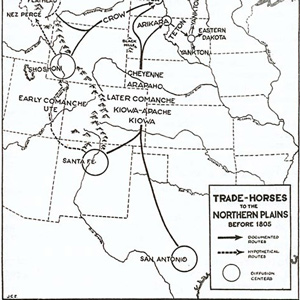

One of the reasons Clark had so much difficulty in purchasing horses at The Dalles in the spring of 1806 is that he was at the very northwestern edge of their dispersal across North America.
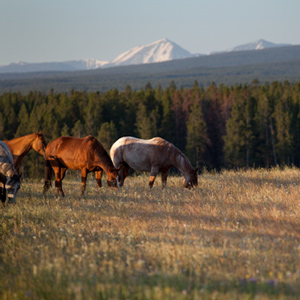

Pryor and six privates had successfully driven forty-one horses all the way to the Yellowstone Valley, apparently without any trouble. Then, smoke on the horizon. Twenty-four horses stolen on the twentieth. Seventeen taken on the twenty-fifth.
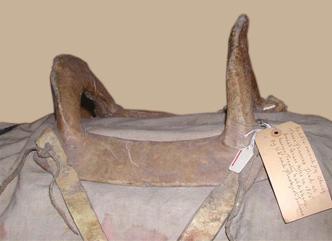

On the day before he left Camp Fortunate for the last time, Lewis described, with typical attention to detail, the usual caparison of the Shoshone Horse”–halter, saddle, and all other trappings.
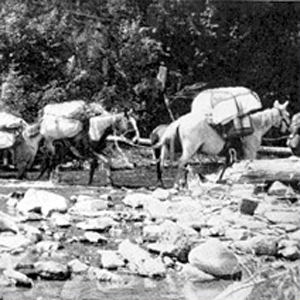

Loading and handling a packhorse is hard work. It demands not only a great deal of physical strength and endurance, but also an eye for balancing a load on the first try, a head full of horse sense, the patience of a saint, and lots of experience.
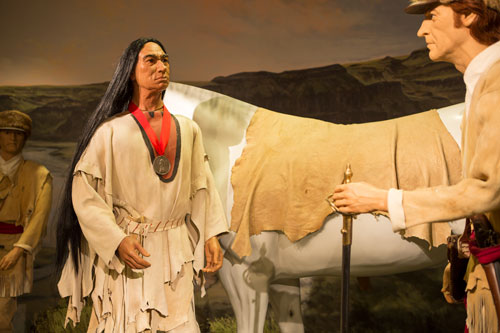
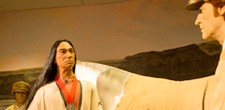
The expedition left horse tracks of at least four to five hundred miles on a westward lineal course, plus at least a thousand miles easterly, widely scattered over strikingly varied terrain. The Corps of Discovery had become, in effect, a kind of cavalry unit.
